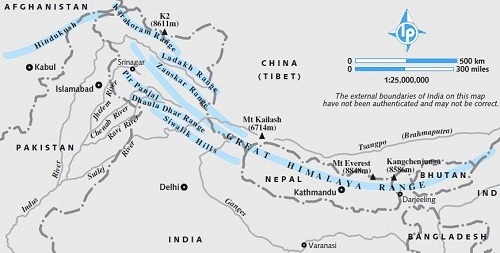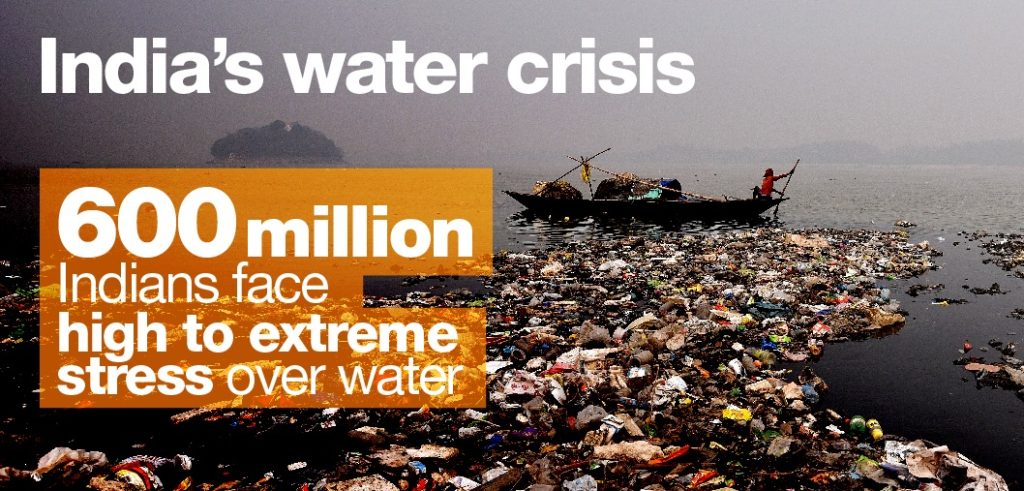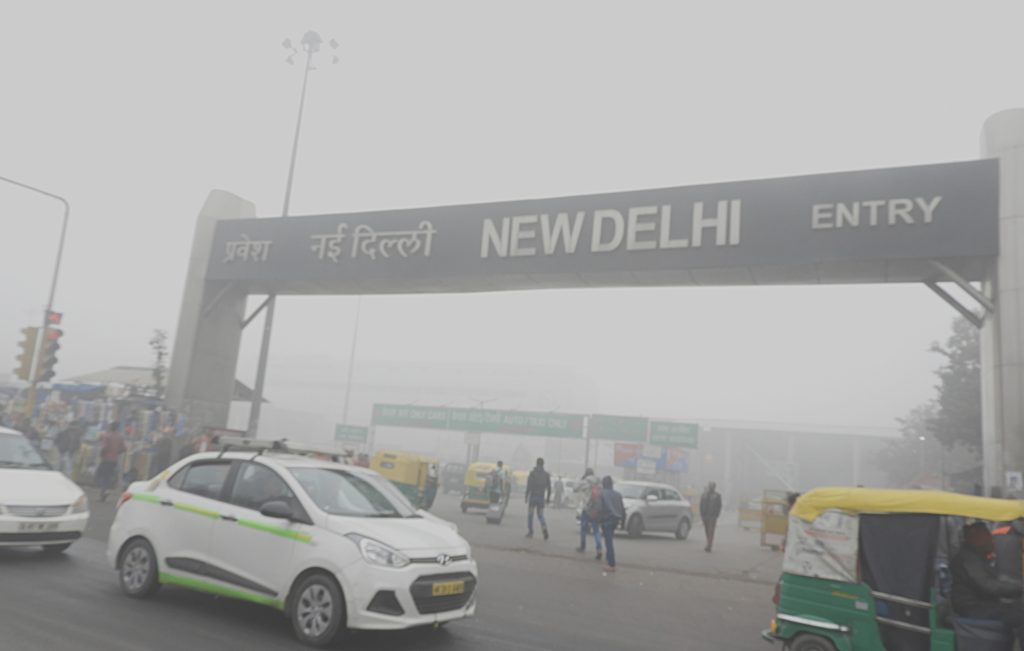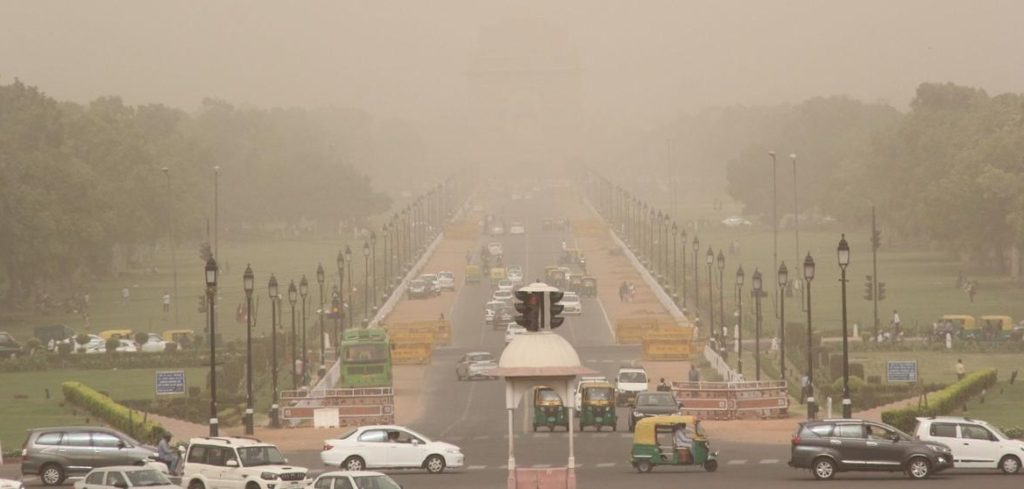The abode of gods is maintaining the overall happiness in south Asia
The Himalayan Range has given us great river systems like the Ganga River, Chenab River, Indus River, Jhelum River, Nu Salween River, Yamuna River, Brahmaputra River, Yangtze River, and the Mekong River. As it contains the largest snow and ice mass outside the polar region, we call it the Third Pole. It has given us great river systems like the Ganga, Indus, Brahmaputra, Nu Salween, Yangtze, and the Mekong. Many glaciers in the Himalayan Range are the longest outside the two poles. Do you know that the Himalayan Range provides water to more than 1 billion people and million hectare land areas in South Asia?
What does the Himalayan Range provide?
- Drinking water
- Irrigation water
- Groundwater recharge
- Water for domestic and industrial use
- Spacious greenfield
- Generous climate condition
- Highly productive ecosystems
- Life-giver rivers
- Aquatic ecology
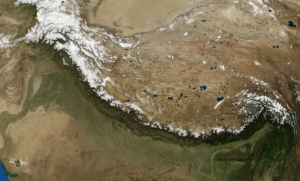
It is rich in water resources in Uttarakhand as this state is home to dozens of streams, ponds, waterfalls and rain-fed rivers. Even the largest river in India has originated in this state. The range is also rich is lakes, ice fields and glaciers. Mega projects like Tehri Dam are being made on the basis of Uttarakhand’s glacier-fed rivers. Aquatic ecology in the mountains is the other thing which is affecting the integrity of the entire food production system.
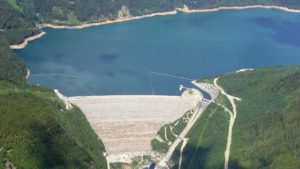
We would have to rely on the ecological development of the region for the enhancement of Himalayan water productivity to its maximum level. Even if it is extremely fragile and complex environmental condition, it nurtures a large portion of the world population.
